
The Greater Cambridge Local Plan
What kind of city do we want to become? The draft Greater Cambridge Local Plan will be open for public consultation from Dec 01-Jan 30, shaping the future of our green spaces, heritage, and communities.

What kind of city do we want to become? The draft Greater Cambridge Local Plan will be open for public consultation from Dec 01-Jan 30, shaping the future of our green spaces, heritage, and communities.

At Wandlebury, mindfulness meets nature. Our mindful walks invite you to slow down, notice the season, and meet life as it is, with a little more kindness and space to breathe.

Artist, activist, and comedian Griff Rhys Jones joins us to ask how progress and preservation can work hand in hand, and what that means for Cambridge’s future.
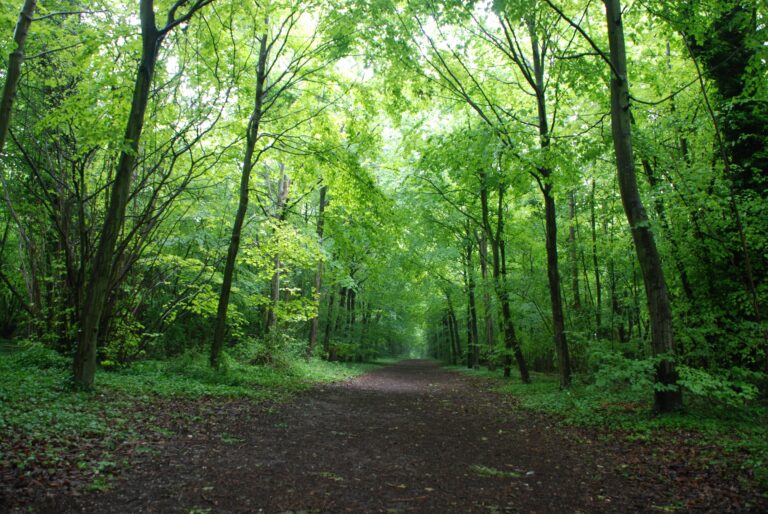
As the woodland rests, our wardens and volunteers get to work. Discover how winter care, from coppicing to planting, helps create richer habitats for wildlife all year round.
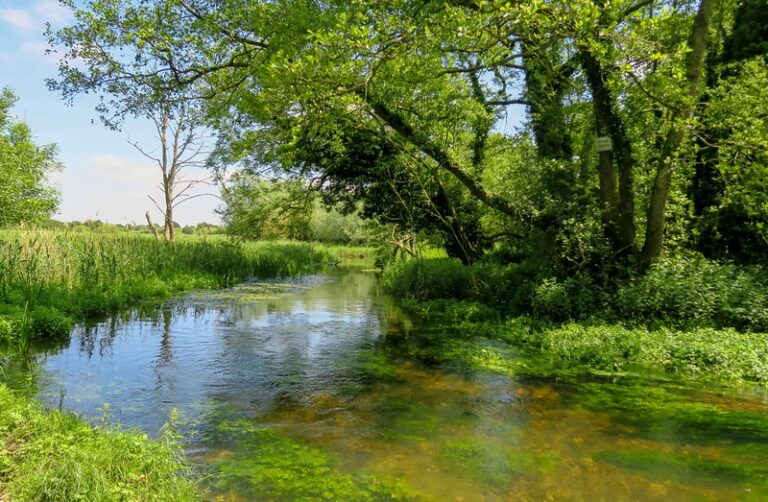
Stories flowed like the Cam itself at our first Rivers of Film festival. Filmmakers and river-lovers came together to celebrate the lifeblood of Cambridge, and reflect on our shared duty of care.

A butterfly plaque at Wandlebury now celebrates Dr Gillian Gandy, a pioneering figure in neonatal care and a lifelong friend of Wandlebury. Her story reminds us what it means to nurture fragile beginnings

One of the oldest surviving agricultural structures in Cambridgeshire.

High above Wandlebury, the clocktower, one of Wandelbury’s most loved landmarks, is beginning a new chapter. The first phase of its restoration is now underway to restore its former glory and protect it for years to come.

This season, give something that lasts. A CambridgePPF membership helps protect Cambridge’s nature, heritage, and beauty, a gift that connects someone you love to the landscape and heritage we all share.

Our team is making the case for an alternative route for the Cambourne-Cambridge Busway, to avoid a new road being built through Coton Orchard wildlife site. Read more

We’re looking for a volunteer to help us update our school database so that we can continue to run our popular outdoor education programme at Wandlebury, which every year helps 2,000 children have fun learning about their local nature and history. Read more

on a childhood immersed in a brook, & creatively curating a festival of riverine film.
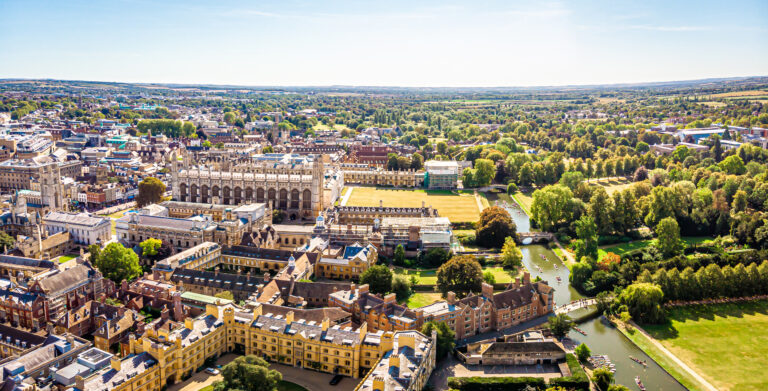
This autumn, we’re saying thank you to everyone who chooses to support Cambridge Past, Present & Future by offering an extra month of membership, free of charge, when you join in October.

Discover the magic of autumn at Wandlebury Country Park. Brilliant foliage, wildlife, and trails make 2025 a year of unforgettable colour.
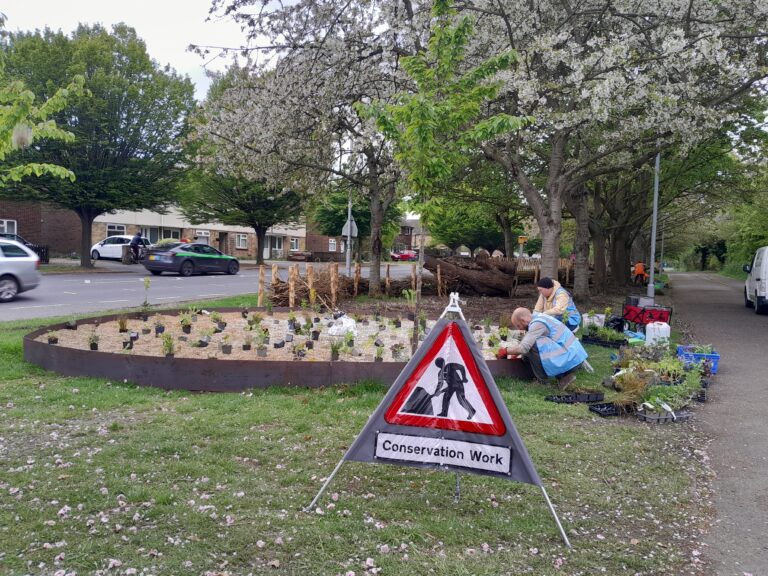
Abbey People, one of the River Cam CAN partners have been working with the community to improve a problem area on Barnwell Road, to help stop parking on the verge, encourage wildlife, and build relationships in the community.

Step into nature with our free weekly walks at Wandlebury. A gentle stroll, friendly faces, and coffee afterwards, it’s fitness, fresh air, and good company all in one.
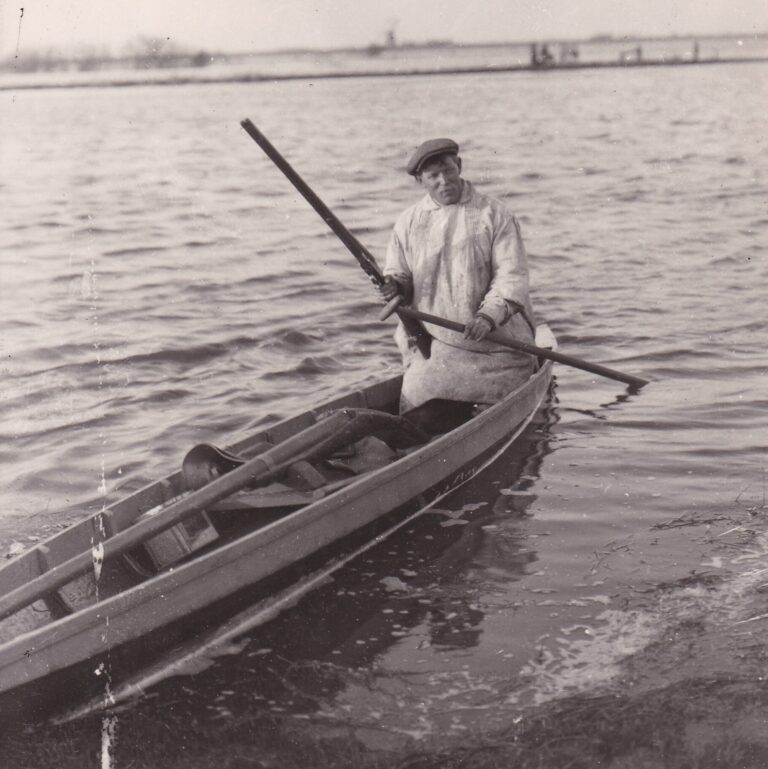
“Every human is, of course, a waterbody. Water flows in and through us. Our fate flows with that of rivers, and always has. We have largely lost a love-language for rivers.”
Robert Macfarlane

Saving Coton Orchard is about more than one landscape – it’s a choice between bulldozing nature for speed, or building a Cambridge that grows responsibly and sustainably.

